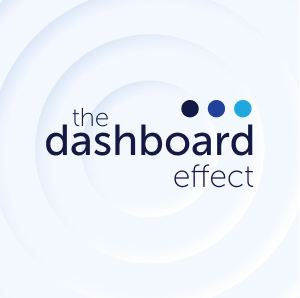“When you don't have good instrumentation, you spend a lot of time worrying about what you don't know.” - Brick Thompson, CEO
In addition to the demands of leading a company, PE-backed executives face intense pressure to deliver regular performance updates to their sponsors. PE firms often have a broad portfolio of varied companies, so risk management is essential, and the executive will be asked to provide reliable data and accurate analysis (AlterDomus, 2019).
In our podcast episode, Data Visibility and the PE-Backed Executive, Blue Margin founders, Brick and Jon Thompson, discuss their own experience as PE-backed executives. Sponsored by One Equity Partners, their platform company grew overnight from 30 to 500 employees, and the impact of poor visibility was quickly discovered.
They found themselves spending 50% of their time “managing the Board” and the majority of the remaining time trying to gain insight into performance and operations as the leaders of 5 aggregated companies.
It was chaotic, to put it mildly.
Is a Lack of Data Visibility Holding You Back?
The lessons learned led them to the conclusion that poor data visibility is at the root of most, if not all, business issues. The same holds true for the 250+ clients Blue Margin has worked with, and the thousands of companies we’ve interviewed along the way.
Quick takeaways:
- Midmarket executives who don’t use data analytics and dashboards to manage their companies are destined to remain in a reactionary mode, frustrated by marginal results.
- Poor visibility is a major issue companies must overcome to advance their value creation plan.
- Shared visibility is the most effective, expedient way to organize a team and create a culture of accountability.
In short, the best way to surface operational, financial, and sales metrics is through business intelligence. Aside from satisfying investors’ needs for accurate data and analysis, added data visibility allows executives to proactively plan and prioritize, democratize ownership of the VCP, and instill accountability throughout the org chart.
For the transcript, click here: full transcript
Listen to the full episode below (or anywhere you listen to podcasts).

